2020.07.28 Central Advantage Insights
Jul 29, 2020
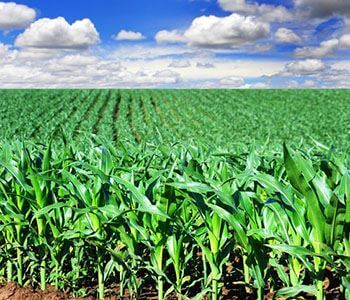
| A walk back in time. | |
| We took the opportunity to look back at how some of our tenured growers have progressed in our program since they enrolled. We have boasted many benefits and wanted to share with you some of the results we hope each operation may see over time. Below are multiple graphs that look at orinigal fields enrolled compared to the averages of those same fields today, elimnating any new acres they may have picked up that could influence their farm averages. The growers have been named as the year they enrolled to keep them anonymous. There is a lot of information below, we don't mean to overwhelm you but there's so much to share! If you have questions about any of this information don't hesitate to contact your specialist or agronomist. |
|
|
|
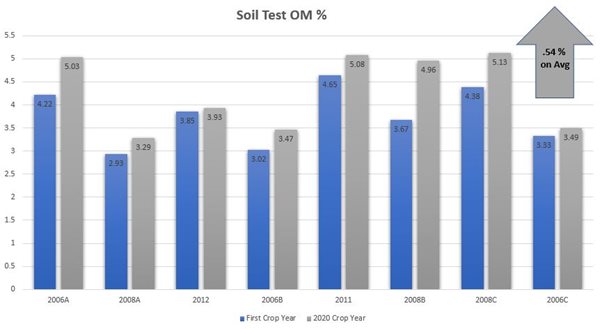 |
| Organic Matter hasn't been a main focus of our program as an area of improvement, but we think it shows that our growers are doing the right things on their operations. | |
|
|
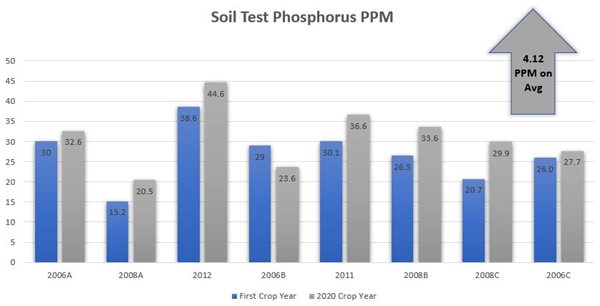 |
| Phosphorus has generally been a plentiful nutrient in our area. We have a lot of growers with manure history that have posted high numbers traditionally. CAGS recommendation is 25 ppm average. Even as we've simply looked to maintain Soil Test P we have built an average of 4.12 ppm on these operations. | |
|
|
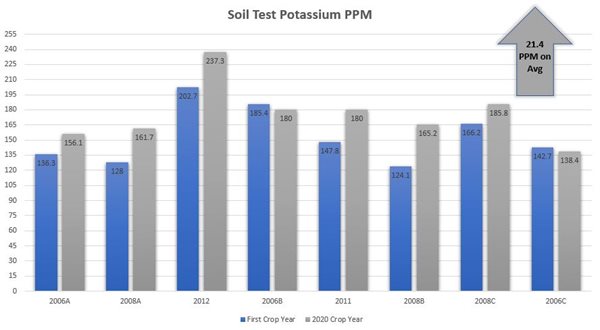 |
| Potassium has been a nutrient that we have looked to increase over time. We have found strong correlations to yield and Soil Test K. CAGS recommendation is 200 ppm average. These growers have grown an average of 21.4 ppm. If potassium is something you're particularily intersted in on your operation, ask your specialist or agronomist about your fertility recommendations. We have great data to support management zone spreading. | |
|
|
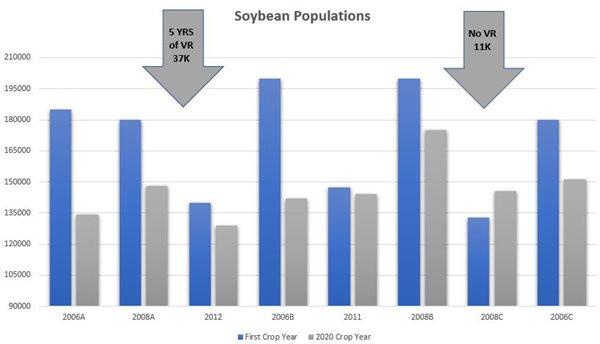 |
| Soybean populations have been a hot topic the last few years! Largely dependent on soil pH and VR technology, we have been able to lower populations tremendously on some farms. We have also been able to see the benefits of increasing populations in those tough pH areas. The growers represented here are not affected by pH. The growers that have been VR planting beans for 5 years or more have been able to lower their populations by 37,000. Those that haven't been or don't have the capability have lowered their populations by 11,000. | |
|
|
| The graphs below look at three specific operations and their yield over time. We recognize that generally speaking the growers we work with are progressive, but we wanted to see if they have been outperforming always or consistently in their years with us. | |
|
|
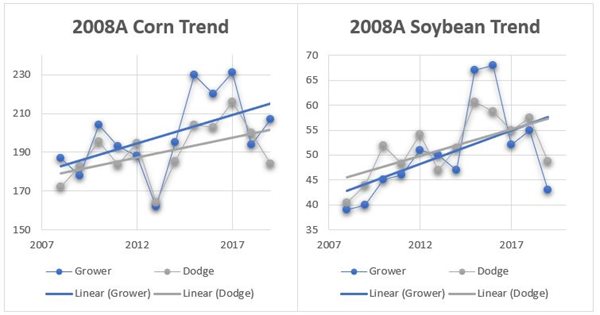 |
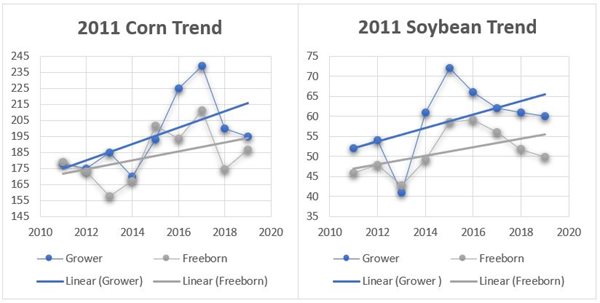 |
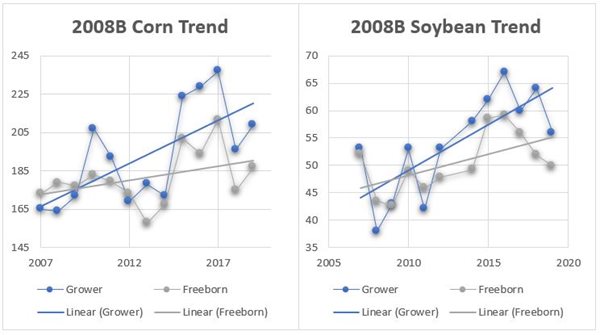 |
| If you have questions or data requests, contact your sales agronomist or Central Advantage specialist. |
